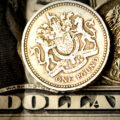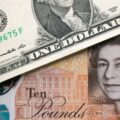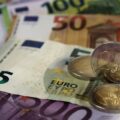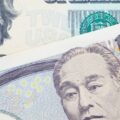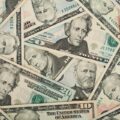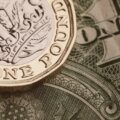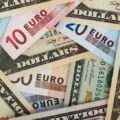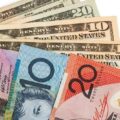GBP/USD Falls to Lowest Point Yet Since 2020 While USD Purchase Keeps Advancing
All Eyes on the Feds
The GBP/USD currency pair has dipped to its lowest in the course of the first half of the European session, and it went under the mid-12500 levels, being the lowest for it since July 2020.

EUR/USD price chart. Source TradingView
The US dollar has extended its latest bullish run as it rose sharply to a new highest point of the last two years on Wednesday in the midst of increasing bets that the US Federal Reserve is going to implement a more aggressive monetary policy to tighten the economy against wrecking inflation rates. Investors, and indeed the entire financial market, now look forward to the Federal Reserve increasing interest rates by 50 basis points at each one of its four consecutive meetings coming up in May, June, July, and September.
Aside from that, the declining outlook of the global economy has shored up the US dollar’s safe-haven status as a more reliable store of financial value. This has applied quite a lot of pressure on the GBP/USD currency pair for five days in a row. The continuous war between Russia and Ukraine, the possibility of more sanctions on Russia from the EU with regards to oil, the recent spread of COVID in China, and the increasing inflation have all been causing serious fears of a long-term stalled economic growth.
Russia Stops Gas to Bulgaria and Poland
Two members of the European Union and NATO, Bulgaria and Poland, have said that Russia will stop supplying gas to them on Wednesday. The news intensified fears within the Eurozone and the UK that Russia might follow the decision up with its earlier threats to stop selling gas to countries that won’t pay for gas in its Roubles. A cut in Russia’s gas to Europe is going to gravely affect the economic livelihood of the region.
In addition, the long-drawn COVID-induced lockdown in China has deeply dampened the mood of the market. The basic background favors the US dollar bullish traders, and it supports the possibility of more short-term depreciation in the move of the GBP/USD pair. The outlook that seems negative is being reinforced by the declining likelihood of more increases in interest rates by the Bank of England, more so when the latest set of records shows that the economy of the UK is under much stress from the escalating cost of living. Having that in mind, the oversold conditions showing the chart for the near-term call for caution before bullish traders place their bets.



